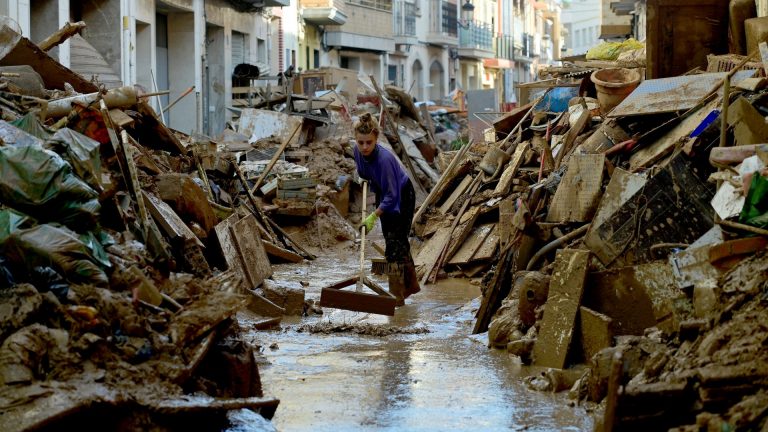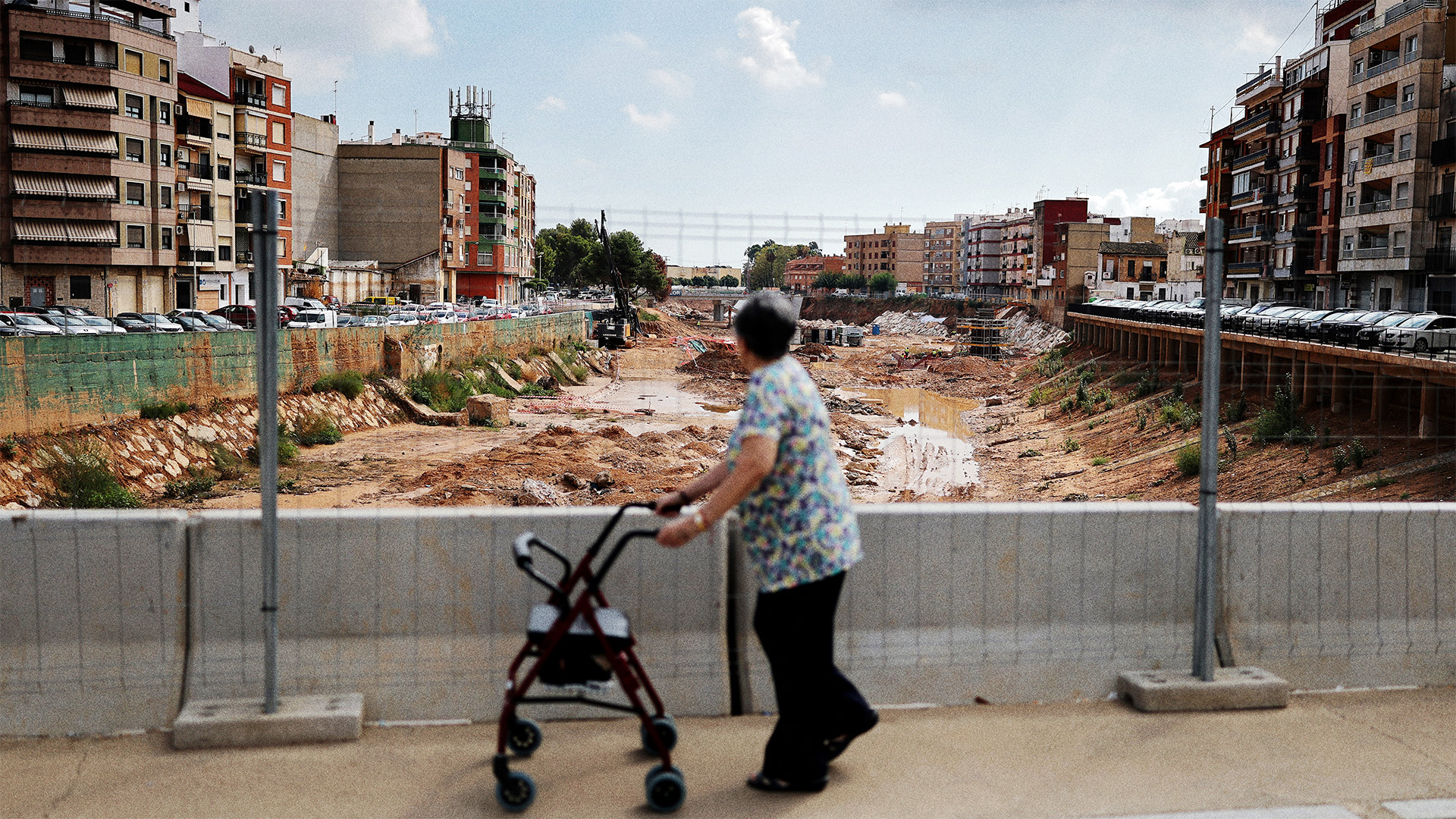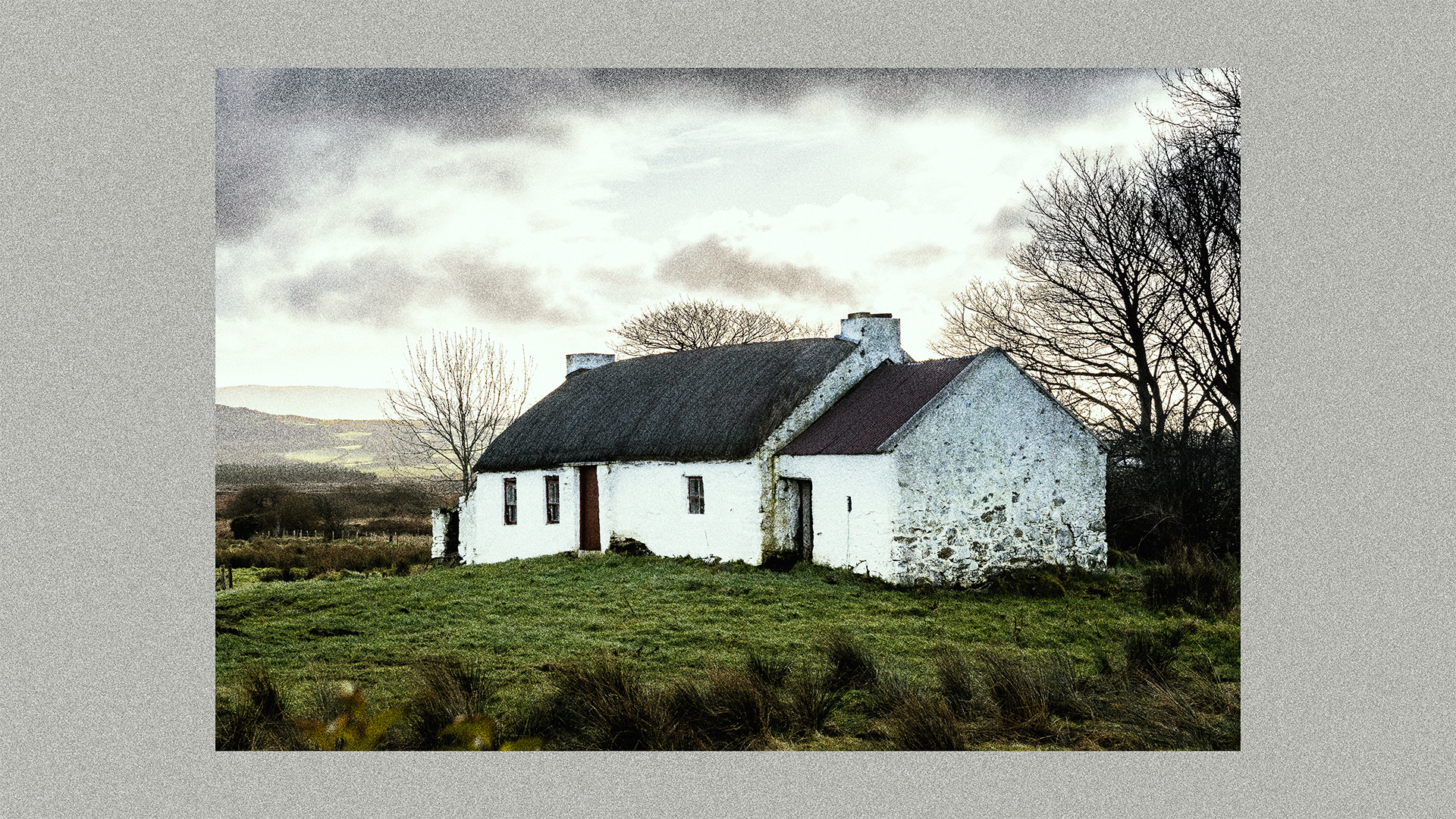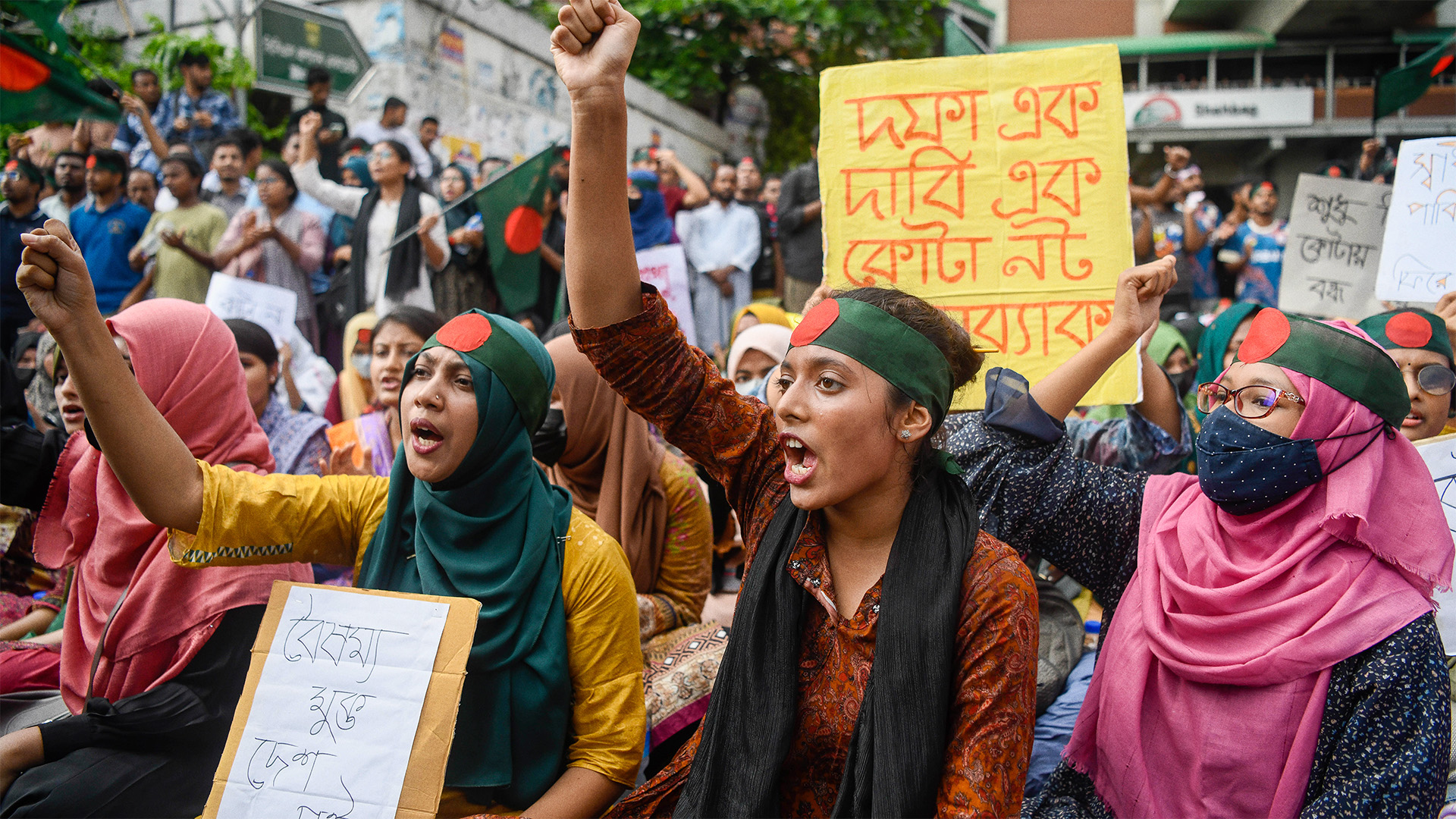Outside the recently reopened metro station in Paiporta, the sounds of drilling and hammering fill the air. Paiporta was “ground zero” of last year’s Valencian floods, which struck on October 29. Famously, in the aftermath, furious locals pelted the royal family and prime minister with mud and I wrote up my walk through the catastrophe zone for The New World.
Paiporta was coated in a thick brown sludge and mountains of mangled cars were stacked high in the streets. Bridges were swept away, trainlines upturned. The civil alert sent to residents came hours after flooding began. In total 229 people died, 56 in Paiporta alone.
Regional president Carlos Mazón, who disappeared for a long lunch that afternoon, refused to resign, despite monthly protests and polls showing that three-quarters of Valencians thought he should go. He repeatedly changed his story – but eventually caved in to the pressure and stood down. That the Valencian Generalitat is run by the centre right, and the national government in Madrid is socialist, has only complicated and politicised the recovery. Blame games began before the death count was even confirmed and have continued throughout the year. Madrid, Valencia, hydrographic confederations and weather agencies have all apportioned responsibility.
On the way into town I spot graffiti calling for Mazón to be sent to Picassent, the local prison. Many of the ground-floor flats and businesses are gutted. There’s the shell of what was once a funeral home, dusty lobbies with building materials piled up along the corridors. The barber shop is still flecked with mud – 40% of businesses in the town have yet to reopen.
It’s a bright, cloudless day and Paiportinos are out on the terraces and doing their shopping. Clusters of old boys sit around with their canes and cigars. I arrive at the winding ravine that splits the town in two. It’s empty save for rubbish and machinery, but when it burst its banks last year, a dark, rising torrent destroyed buildings and ripped through the town. The bridges, reinforced with concrete slabs, are now lined with remembrance candles and photographs of victims.
Down in the ditches, diggers and forklifts come and go, beeping, reversing. Cranes swing boulders around in the air, rebuilding the ravine walls. I notice a man watching over the workers. Ángel, 79, tells me he’s lived in Paiporta his entire life. I ask how the work is going and he shrugs. “Very slow.” The mayor of Paiporta stated recently that reconstruction could take seven years. But that’s no surprise. “Three metres,” says Ángel, pointing to a horizontal brown stain on the wall behind me. “That’s where the water reached.”
Along the riverside there are shells of houses, overgrown and covered in police tape. Walls are held up with scaffolding. Notes from neighbours are graffitied on structurally unsound buildings: NO ENTRY – DANGER. A flag hanging from a balcony thanks volunteers for their help.
In the backstreets there’s a market and the shouts of stallholders echo through the alleyways. Everywhere I look, buildings are in various states of repair. Many of the 229 victims were pensioners trapped in ground-floor flats. I pass the entrance to an underground car park. Tens of people died underground while trying to move their cars; bloated bodies floated around for days before emergency services found them.
Suggested Reading

Who’s to blame for Spain’s floods?
I go back towards the ravine but something catches my eye. A silver shop shutter glistens in the sun: neighbourhood help point. Inside there are bags of rice and potatoes; bottles of bleach and washing-up liquid; nappies and sanitary towels; canned food; clothes; boots. I again notice the brown stain of the waterline. Volunteers approach. One, who prefers not to give her name, tells me the donation project was set up by locals for locals, especially those who lived in bajos – ground-floor flats. A year on, she says, there are “300 families” that are “still in need”.
“The people of Paiporta have been forgotten a bit,” she explains. “The government, nobody’s come… Paiporta town hall hasn’t even come to say hello.” It’s a surprise, as the floods have become so political. “That’s the problem,” she counters. “It’s become politicised.” Another volunteer, Teresa, joins us. “When we leave here and go home, everyone has their thoughts, ideologies, whether religious or political,” she says, “but here, there’s only one thing: helping.”
I mention that the journalist who joined Mazón for his infamously long lunch has been called to give evidence. They roll their eyes. The legal inquiries and blame games continue. As Teresa wryly puts it: “It’s like a four-sided tennis match.”
Conor Faulkner is a freelance writer living in Valencia



